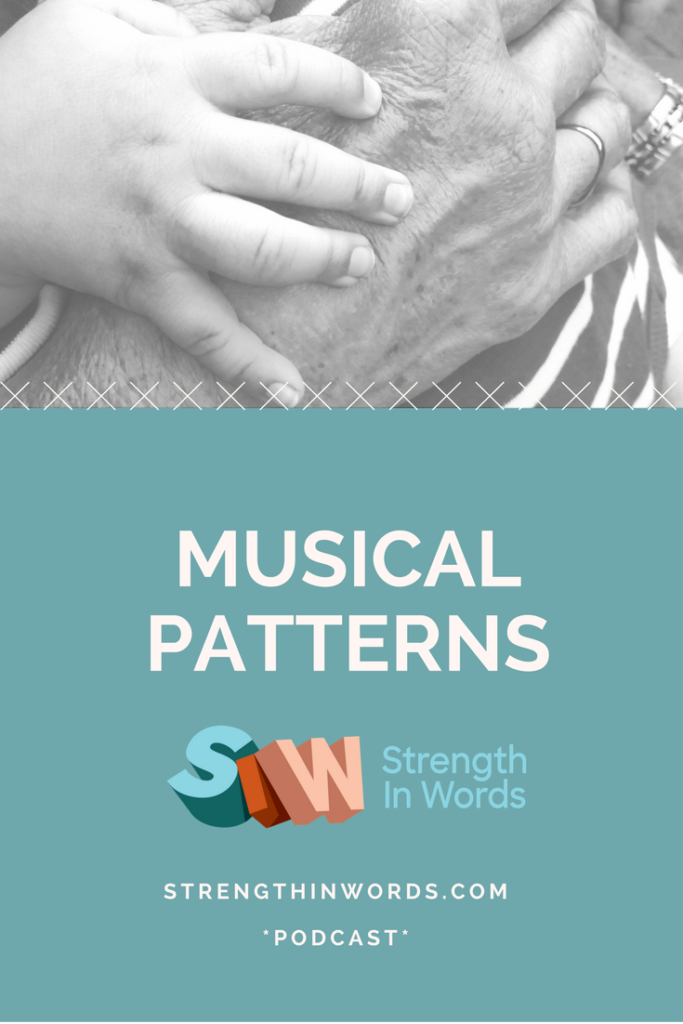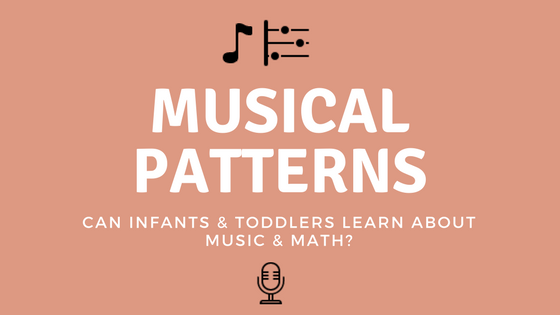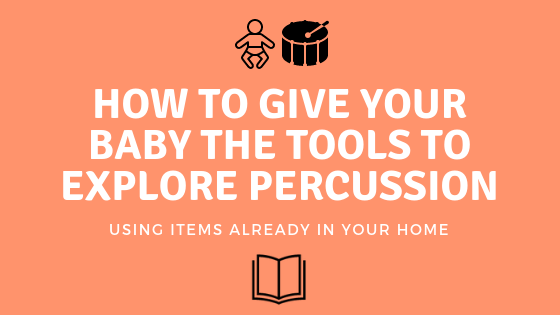Music hits on all aspects of development – including early developing math concepts!

Did you ever think that simply playing music or singing a song to your young child would be beneficial for cognitive development?
In this episode, Ayelet explores the idea that when your baby listens to patterns in music (and when you do things to play with those patterns), it helps set the foundation for early math and reading skills.
Below is the transcript of this episode’s “Developmental Thought,” an excerpt from the full episode.
For additional information, music, play ideas and the complete interactive family experience, please listen to the entire episode.
We’ve talked a lot in past episodes about the fact that when you sing a song, you need not be afraid to change the lyrics to apply them to your own surroundings.
>>Don’t Miss Our Corresponding Blog Post!<<
In addition to the reasons I discussed in my episode, “Play With Words,” this allows your child to become familiar with the tune and rhythm, and also highlights the difference when you sing with different vocabulary!
What Benefits Does “Musical Play” Have?
When we alternate singing and speaking on a rhythm, humming a tune but taking out the words, adding and taking away hand motions or other movements… we play with similarities and differences, comparing and contrasting, and focus on various elements, helping our young children make sense of and enjoy different elements of the interactive experience.
We can also play with the rhythm of otherwise familiar songs – changing the rhythm or meter of a song (not just the speed, but the feel of the beat), we give a different flavor to the music. Listen to what my friend Lily does with one of my favorites, the ABC song. [Listen to full podcast episode for Lily’s ABC’s]
What a cool, swingin’ beat, Lily! Thanks for that. When we add these variations to familiar songs, we teach our children about discrimination, and to observe differences.
Melodic Patterns
Almost every song has a pattern built into its melody, as we saw with the last song we sang together. We see toddlers listening to the pattern of a song when they request to hear the same song over. And over. And over again. Before we think to ourselves, “oh my gosh I can’t take it anymore,” remember – this is how our children learn. Through repetition. By listening. By discriminating.
My 2-year old son recently got to this stage, requesting a particular song on repeat. What I find interesting is that sometimes, he’ll ask for another particular song to be played directly after the first one, and then want to listen to both of those on repeat. This tells me that he is most likely actually comparing and contrasting the structural, rhythmic and linguistic elements of both songs!
Play With Songs
When we actively play with the content, and pause to wait for a young infant to make a choice with his hands or body (as we did in our “Routines & Rituals” episode with the DIY animal images), or pause to wait for a verbal child to offer a word (with or without a visual aid), we help them learn to anticipate those patterns, as we are directly placing the words within a sequence – which will help form critical early math and early reading skills!
In addition, there is research suggesting that a small child’s ability to feel and express a steady beat or rhythm is correlated with academic achievement scores in elementary school. I don’t want to focus too much on the idea of getting one’s child into the best schools, I simply mean to reinforce that this play and interaction and silly time you spend with your tiny person is shaping his entire experience – social/emotional, cognitive, communicative, and even motor development. These things are all connected to the way our children process and, in time, perform.

